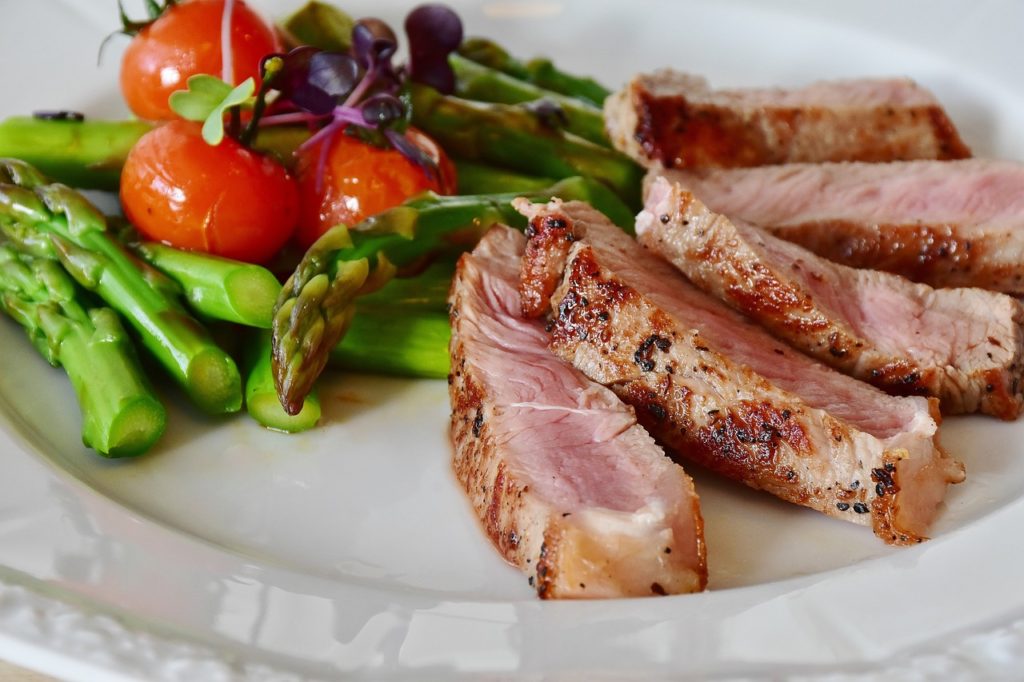Finland is a treasure trove of culinary delights, rich in traditions and regional flavors. From the fresh fish of its lakes to the rich game meats of its forests, Finnish cuisine reflects the country’s unique geography and cultural heritage. Food festivals across Finland celebrate this diverse culinary landscape, bringing together locals and visitors alike to savor and appreciate the nation’s gastronomic offerings. In this blog post, we will explore the significance of food festivals in Finland, highlight some notable events, and offer tips for experiencing these culinary celebrations.

The Importance of Food Festivals in Finland
Food festivals in Finland serve several essential purposes:
- Cultural Celebration: These festivals showcase Finland’s rich culinary heritage, celebrating local ingredients, traditional cooking methods, and unique regional dishes. They provide an opportunity for chefs, home cooks, and food enthusiasts to come together and share their love for Finnish cuisine.
- Sustainable Practices: Many food festivals emphasize sustainable practices, highlighting local and seasonal ingredients. This focus encourages the community to support local farmers, fishermen, and artisans, contributing to a more sustainable food system.
- Tourism and Economy: Food festivals attract visitors from around the world, boosting local economies and promoting Finnish cuisine on the global stage. They offer a unique way for tourists to experience the culture and flavors of Finland.
Notable Food Festivals in Finland
1. Helsinki’s Restaurant Day
- What It Is: Held several times a year, Restaurant Day is a global phenomenon that originated in Finland. On this day, anyone can set up a pop-up restaurant, café, or food stall anywhere in the city.
- Community Spirit: The festival encourages creativity and community engagement, allowing locals to showcase their culinary skills and share their favorite dishes. From home-cooked meals to gourmet offerings, there’s something for everyone.
- Tasting Experience: Visitors can wander through the streets of Helsinki, sampling a variety of cuisines and supporting local food entrepreneurs. It’s a celebration of culinary diversity that reflects the city’s vibrant food scene.
2. Turku Food & Wine Festival
- Culinary Excellence: This annual festival in Turku celebrates the best of Finnish cuisine and wine, featuring tastings, cooking demonstrations, and workshops led by renowned chefs and sommeliers.
- Local Ingredients: The festival highlights local and organic products, encouraging participants to explore the rich flavors of Finnish ingredients. Visitors can taste traditional dishes, sample local wines, and discover new culinary trends.
- Workshops and Events: In addition to tastings, the festival offers a range of workshops on topics such as foraging, food preservation, and baking, providing attendees with hands-on experiences and knowledge to take home.
3. Oulu Food Festival
- Regional Focus: The Oulu Food Festival celebrates the diverse culinary heritage of Northern Finland. It features local food producers, chefs, and artisans showcasing their products and dishes.
- Family-Friendly Atmosphere: The festival offers a variety of activities for families, including cooking classes for children, food competitions, and live entertainment. It’s a perfect way to introduce kids to the joys of cooking and healthy eating.
- Sustainability Initiatives: The festival promotes sustainable practices by encouraging local sourcing and highlighting the importance of environmentally friendly food production methods.
4. Porvoo Food Festival
- Historical Setting: The Porvoo Food Festival takes place in one of Finland’s oldest towns, known for its charming wooden houses and picturesque streets. This festival combines culinary delights with a rich cultural experience.
- Local Delicacies: Visitors can sample traditional Porvoo specialties, such as rye bread, local cheeses, and seasonal produce. The festival also features workshops, live music, and local artisans showcasing their crafts.
- Culinary Tours: The festival often includes guided culinary tours, where participants can explore the town’s food scene, visit local markets, and learn about the region’s culinary history.
5. Lapland’s Harvest Festival
- Seasonal Celebration: Held in the fall, this festival celebrates the bountiful harvest of Lapland, showcasing local produce, game meats, and traditional dishes.
- Unique Flavors: Visitors can taste regional specialties, including reindeer, elk, and seasonal vegetables. The festival often features cooking demonstrations and workshops, highlighting traditional Lapland cooking techniques.
- Cultural Exchange: The festival also offers insights into Sámi culture, with opportunities to learn about traditional foods, crafts, and customs of the indigenous people of Lapland.
The Role of Local Ingredients in Finnish Cuisine
Finnish cuisine is characterized by its use of fresh, local ingredients, often dictated by the seasons. Here are some key components:
- Fish: With thousands of lakes and an extensive coastline, fish plays a significant role in Finnish cuisine. Freshwater fish such as salmon, perch, and vendace are staples in many traditional dishes.
- Game Meats: Reindeer and elk are popular in Finnish cooking, often featured in hearty stews and roasts. These meats reflect the country’s connection to nature and traditional hunting practices.
- Berries and Mushrooms: Finland is known for its abundance of wild berries and mushrooms. Lingonberries, cloudberries, and blueberries are commonly used in desserts and sauces, while wild mushrooms are a beloved ingredient in many dishes.
- Rye and Barley: Rye bread is a staple in Finnish households, often served with butter and cheese. Barley is also used in various traditional dishes, from porridge to hearty breads.
Tips for Enjoying Food Festivals in Finland
- Plan Ahead: Check the festival dates and schedule of events to make the most of your experience. Some festivals may require advance ticket purchases or reservations for workshops.
- Be Adventurous: Don’t hesitate to try new foods and flavors. Food festivals are the perfect opportunity to sample dishes you might not find elsewhere.
- Engage with Vendors: Take the time to chat with local food producers and chefs. They often have fascinating stories to share about their ingredients and culinary traditions.
- Participate in Workshops: If available, join cooking classes or demonstrations to learn about traditional Finnish cooking techniques and recipes. It’s a fun way to deepen your understanding of the cuisine.
- Stay Hydrated: Enjoying food and drinks at festivals can be tempting, but remember to stay hydrated, especially during outdoor events. Water stations are often available, or you can bring your own bottle.
Conclusion
Food festivals in Finland offer a unique glimpse into the country’s culinary heritage, celebrating local ingredients, traditions, and the joy of sharing good food. Whether you find yourself at a bustling pop-up restaurant in Helsinki, savoring reindeer stew in Lapland, or indulging in local delicacies at a regional festival, these celebrations provide an enriching experience for food lovers and cultural enthusiasts alike. As you explore the flavors of Finland, you’ll discover not only the delicious dishes but also the stories and traditions that make Finnish cuisine so special. So, grab your fork, embrace the culinary adventure, and join the celebration of food in Finland!


